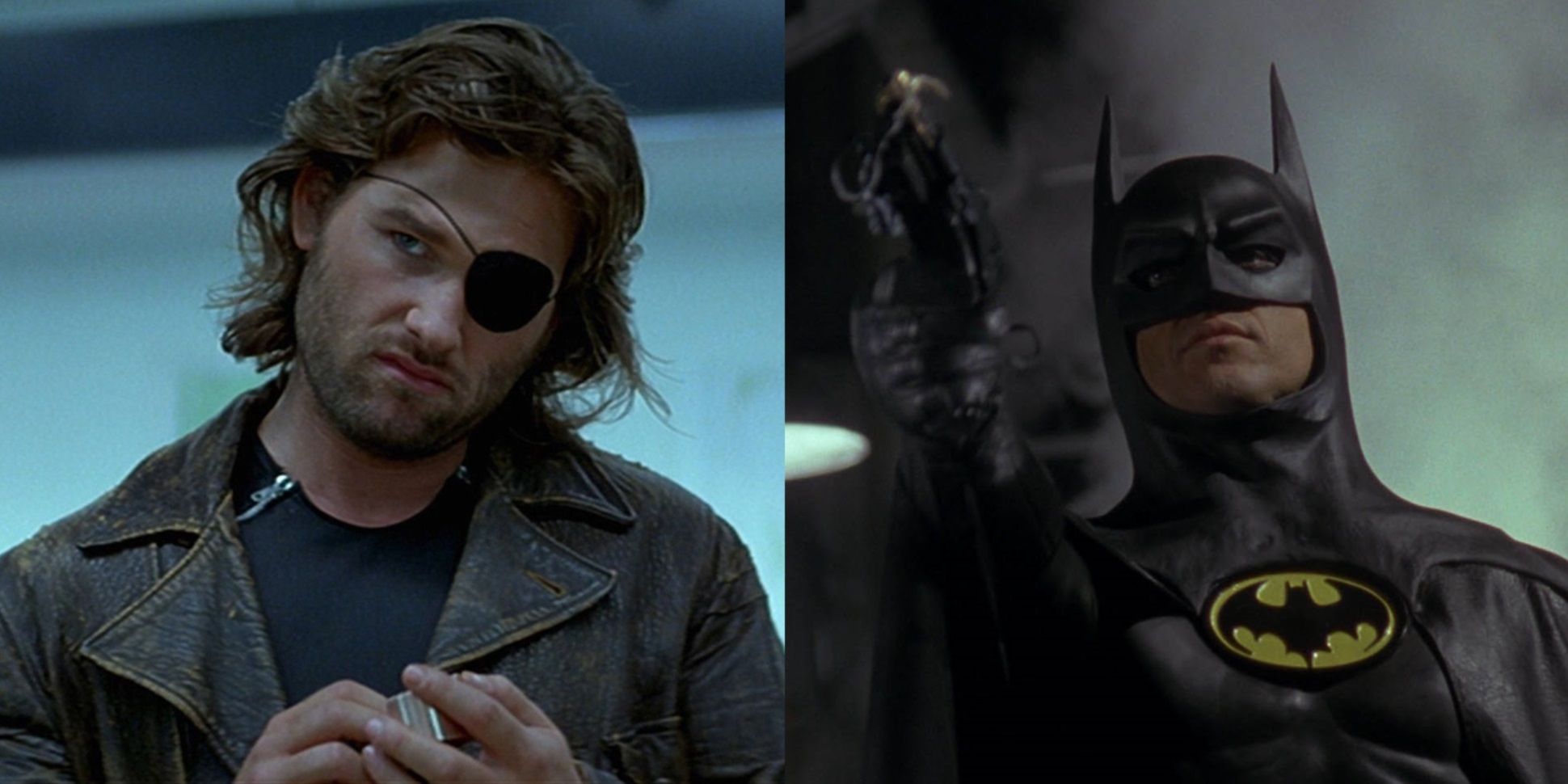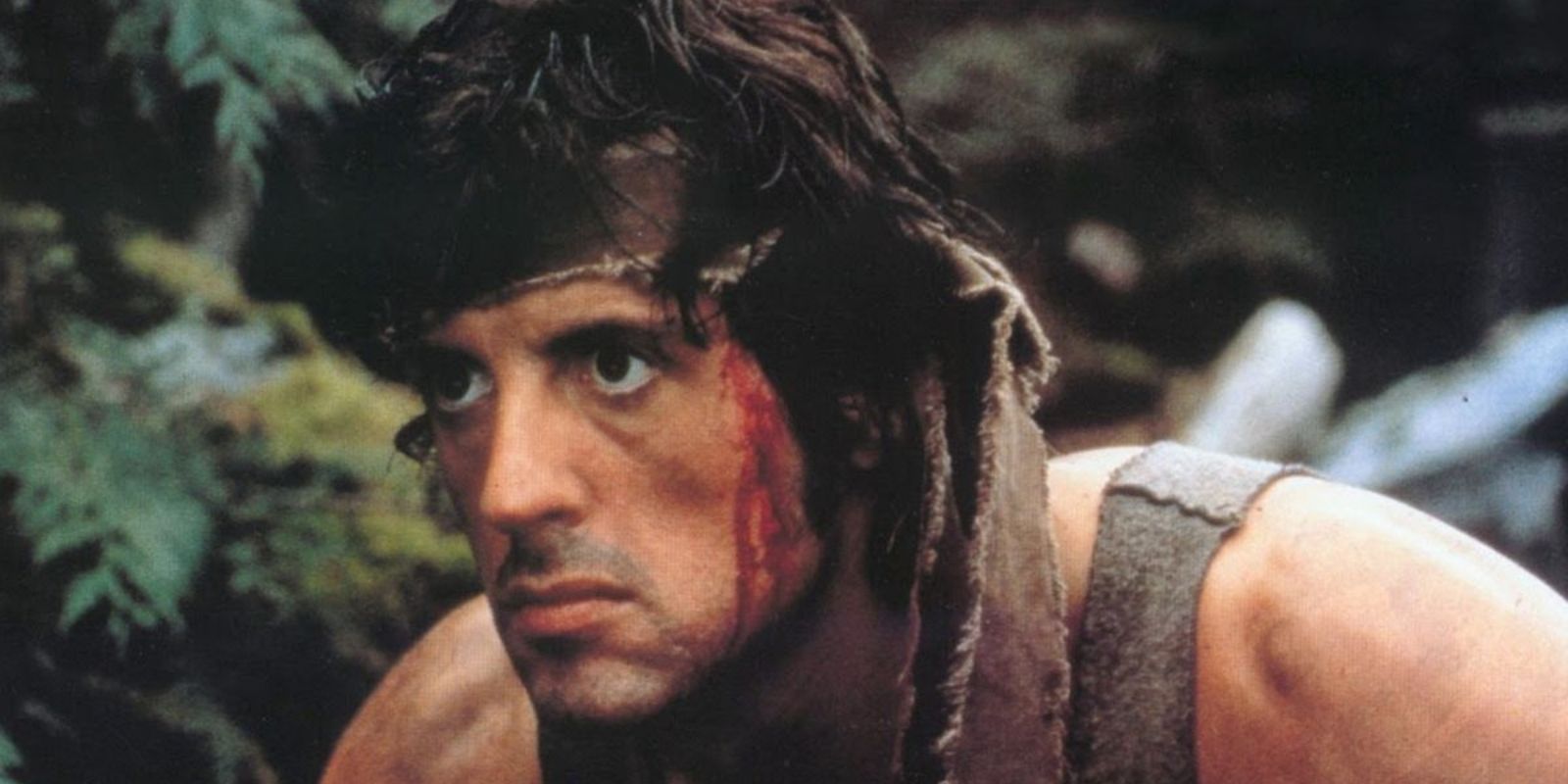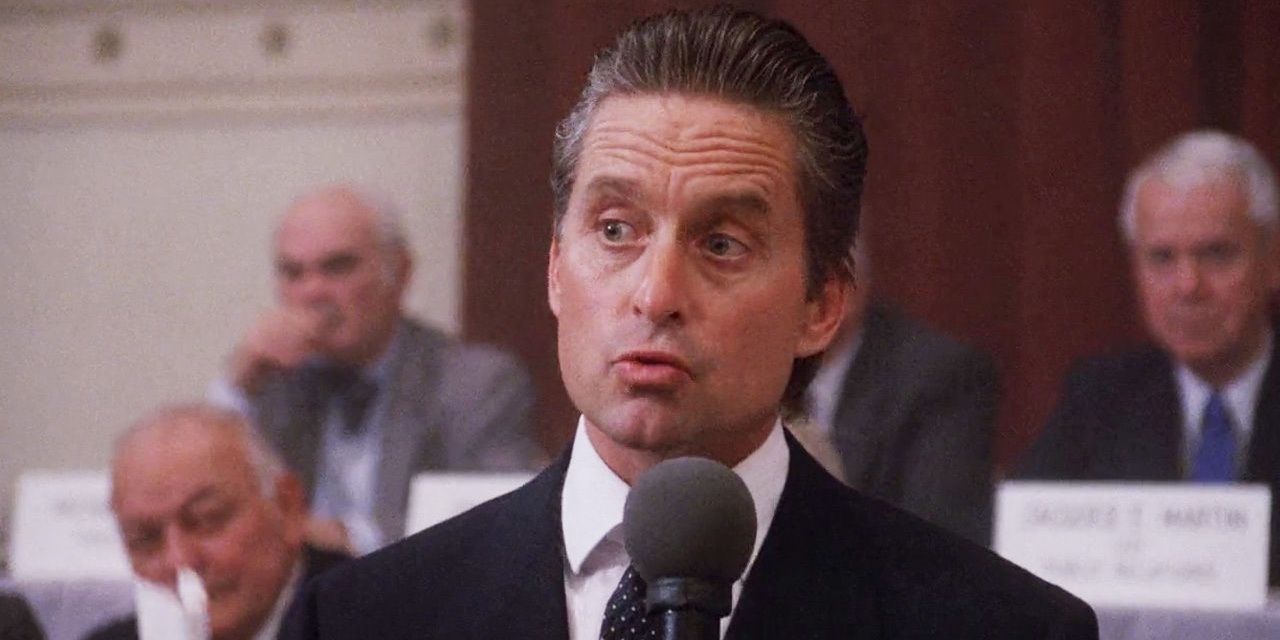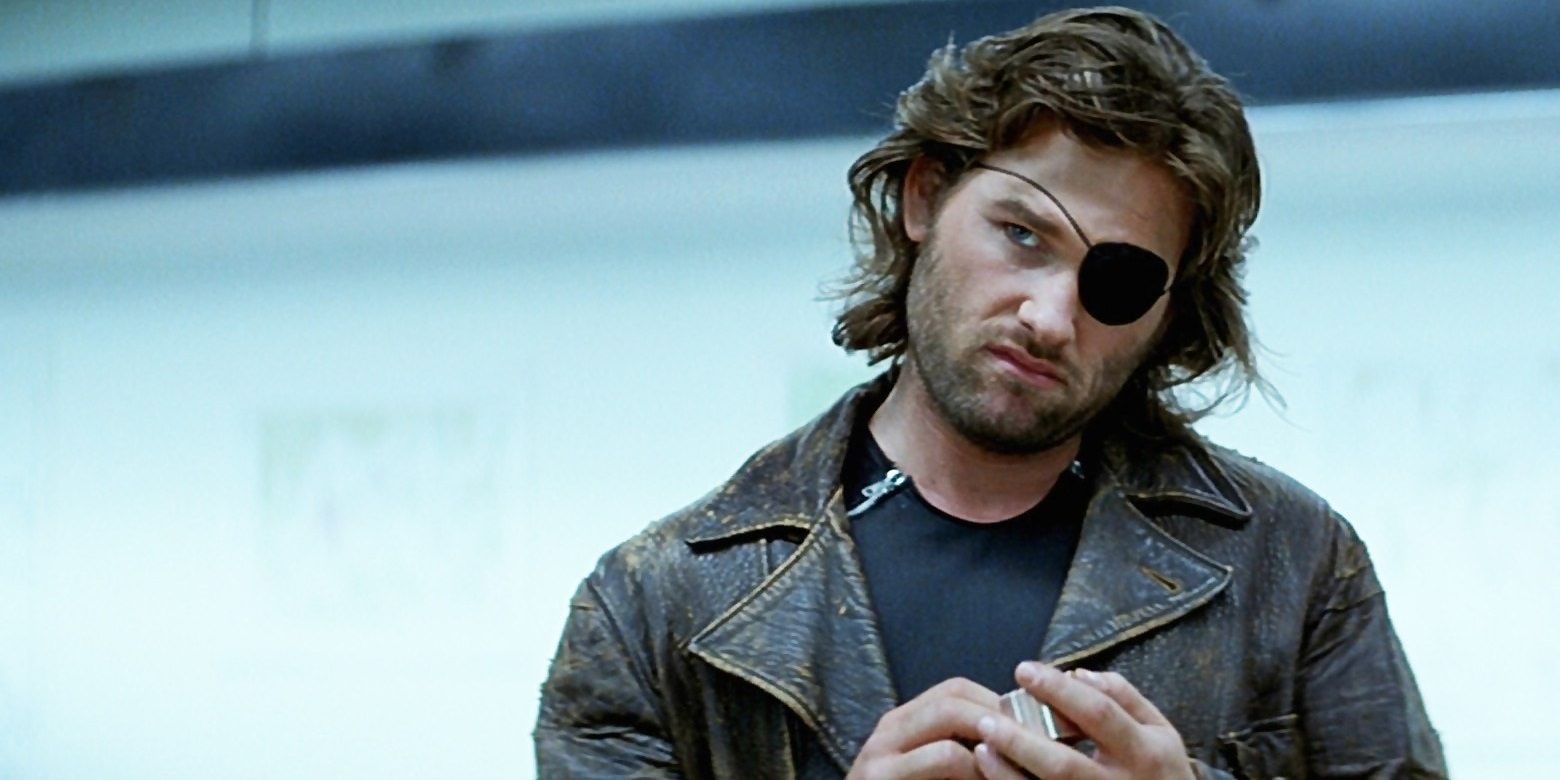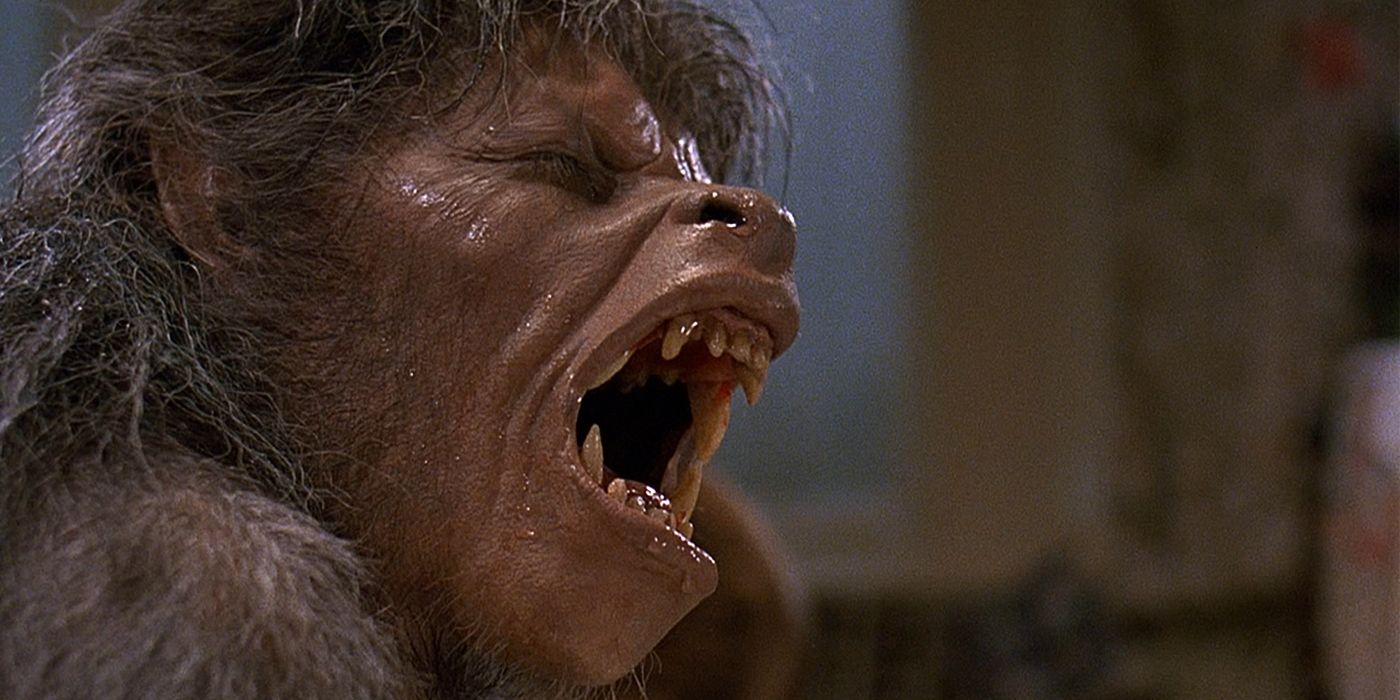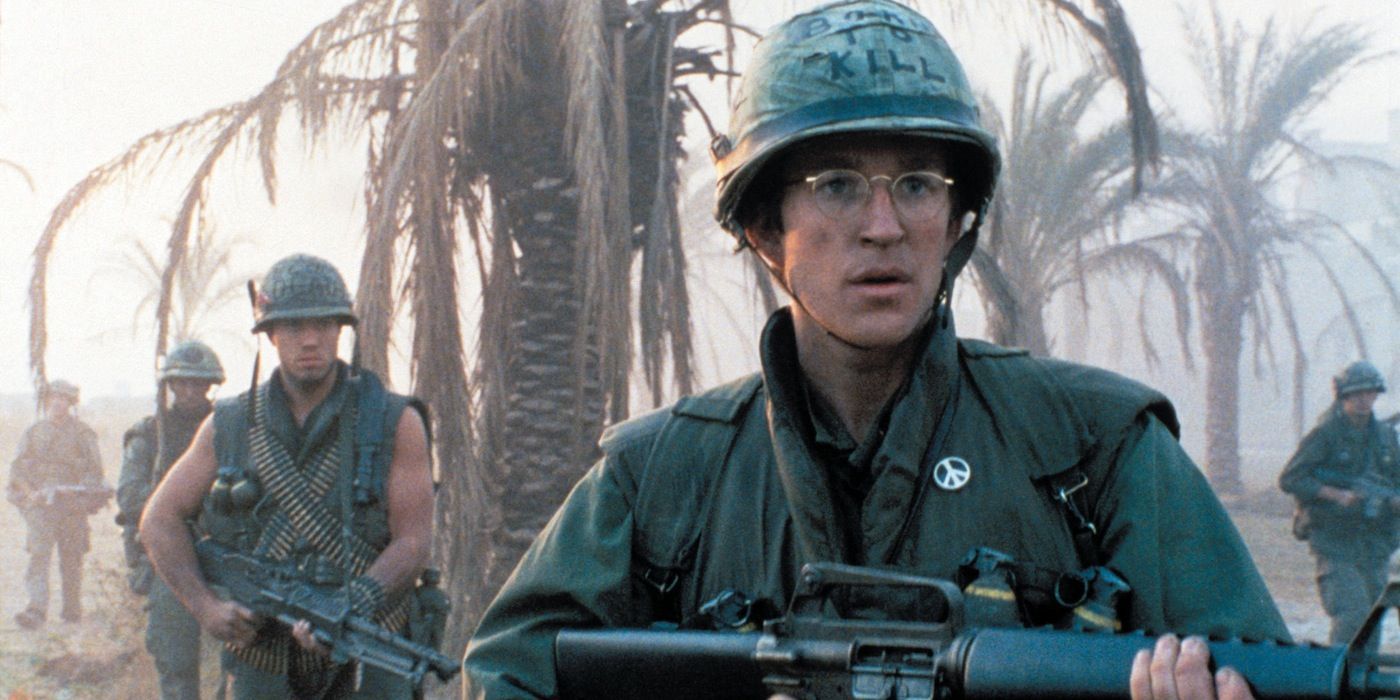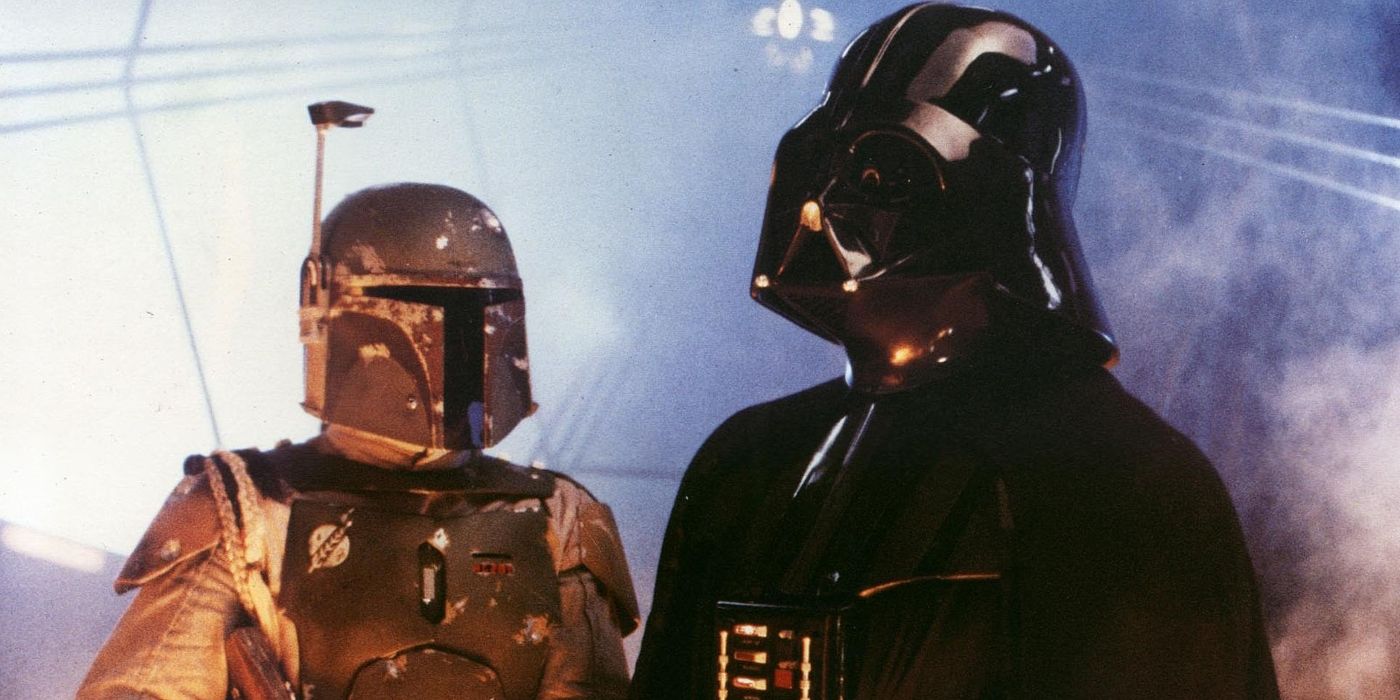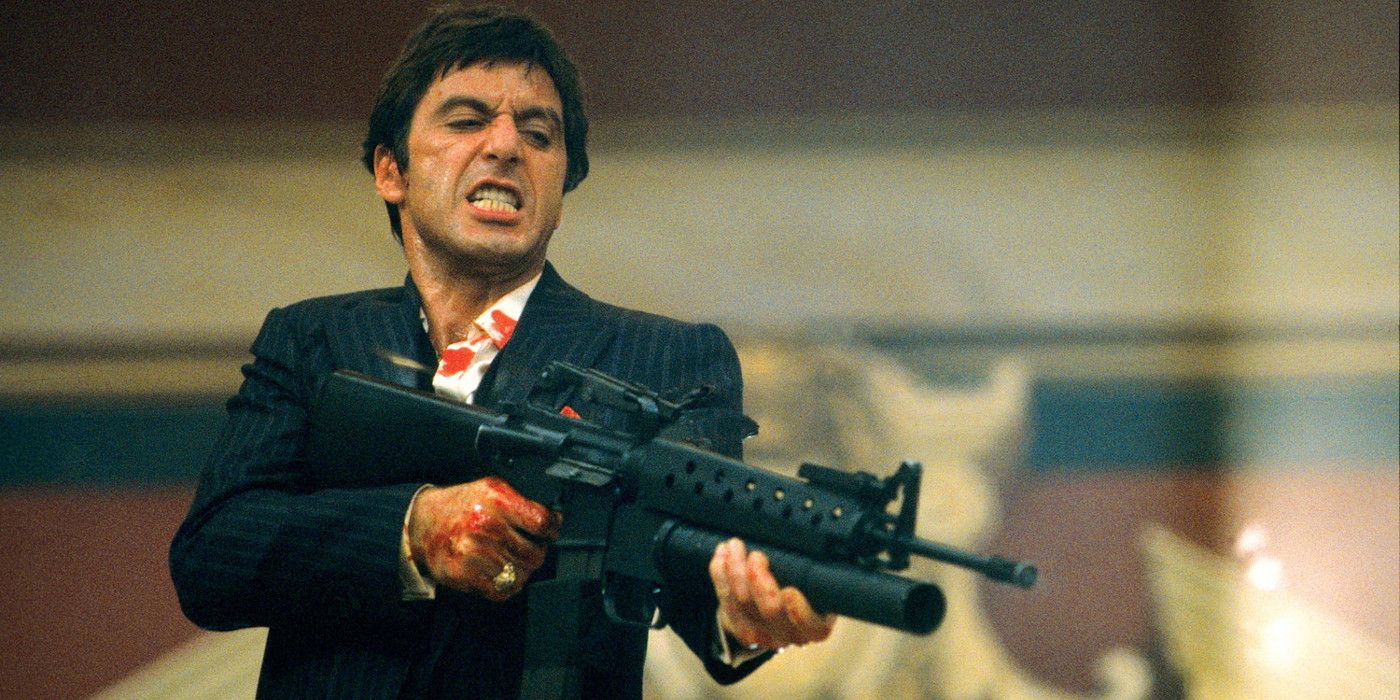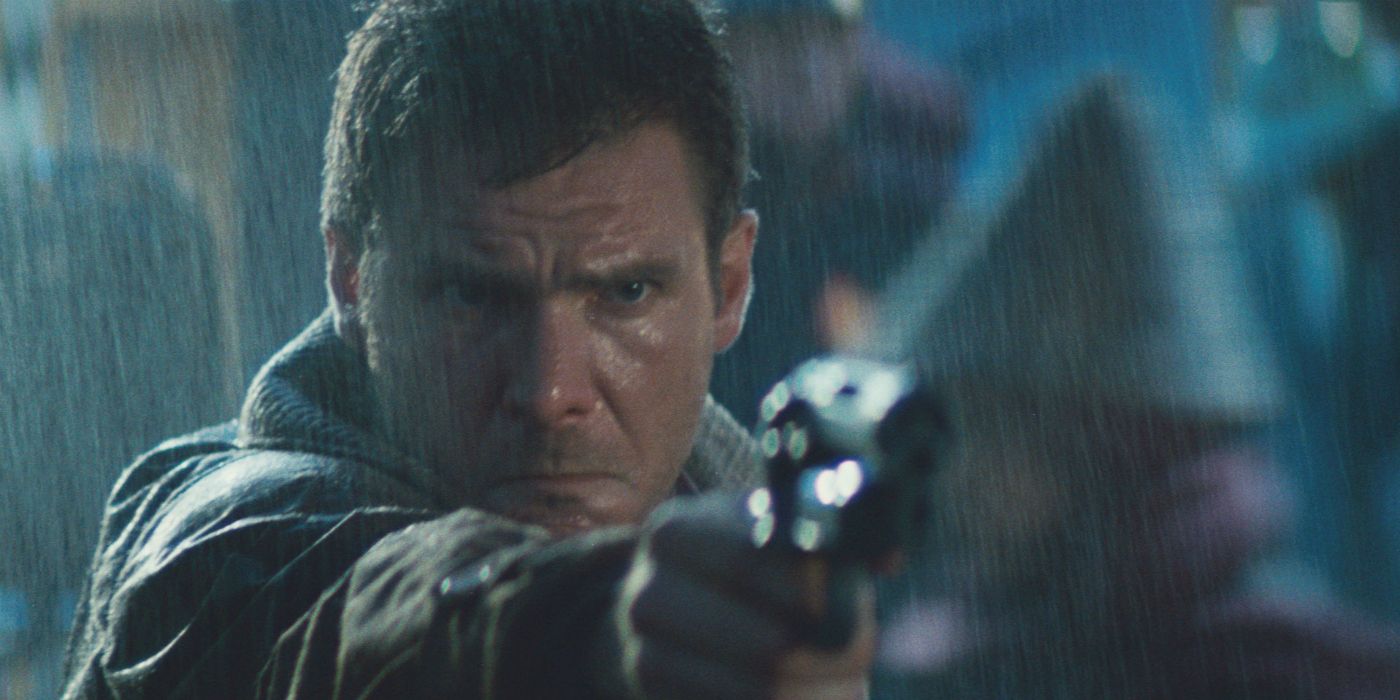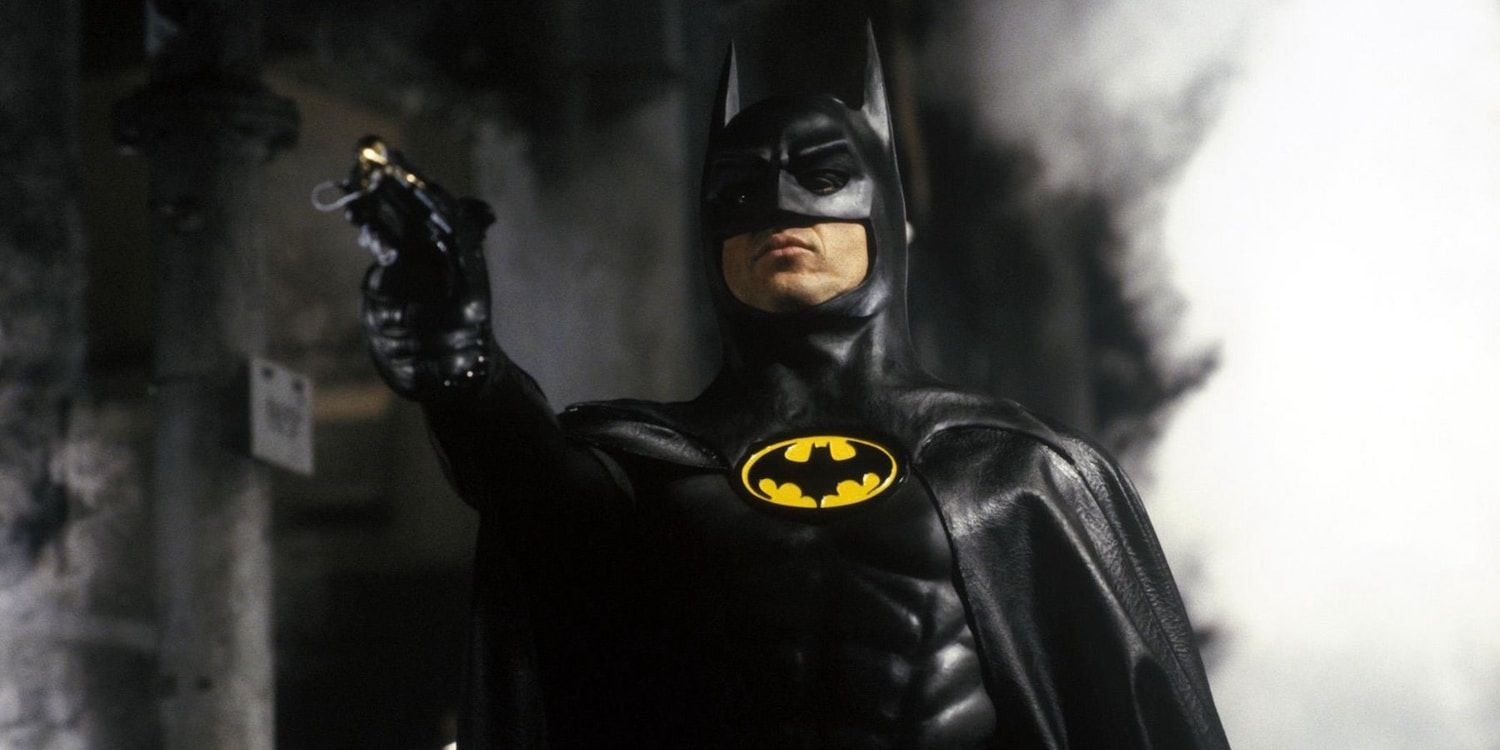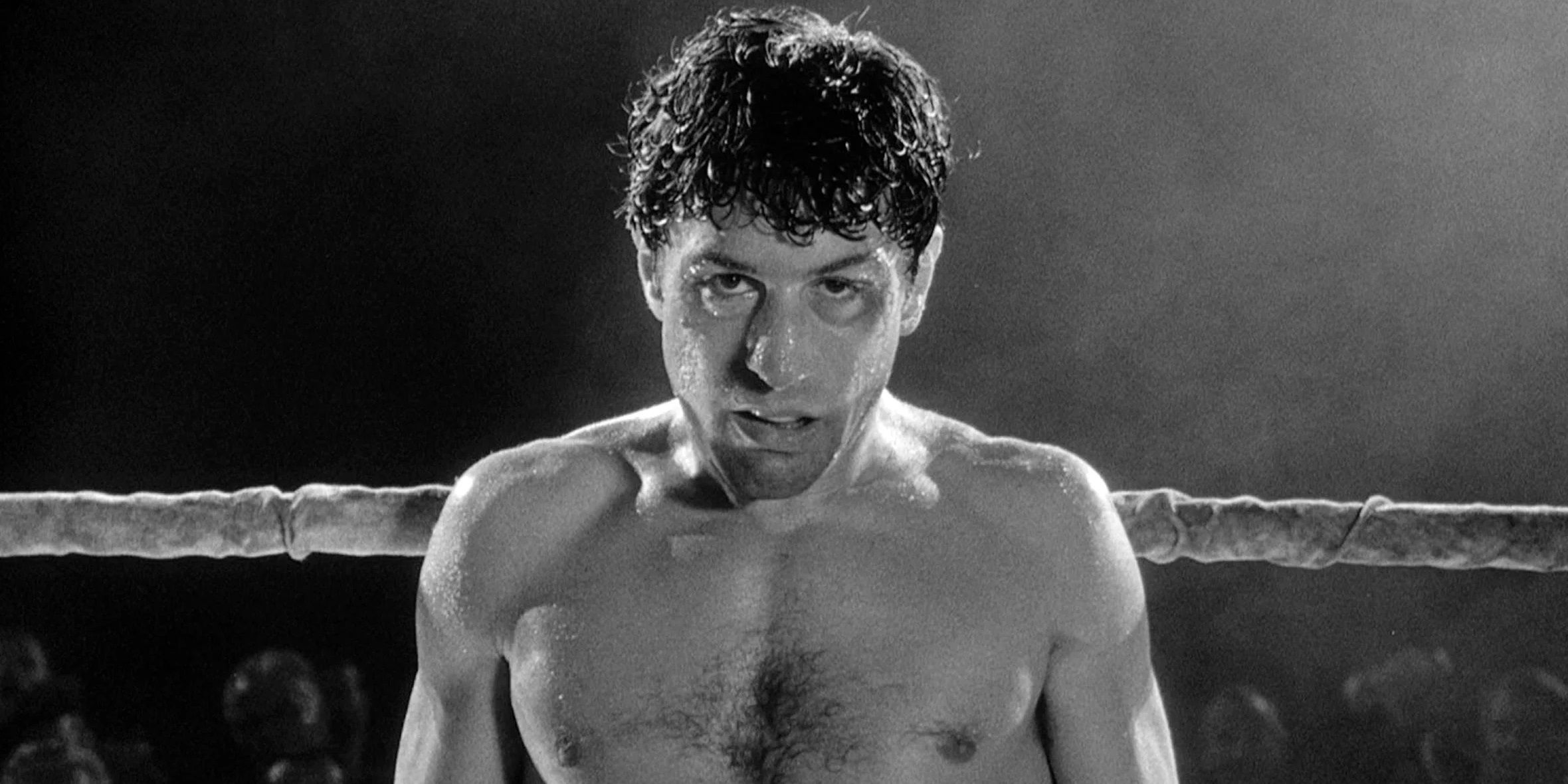Most movies – especially movies from the Hollywood studio system – follow a traditional narrative framework with a noble hero who triumphs over a diabolical villain. But not all protagonists are role models, or even morally upright people. The term “antihero” is a catch-all term for lead characters who lack the usual heroic traits.
For the most part, the films of the 1980s were rigidly sentimental tales of good versus evil that reinforced the familiar mythic traditions of George Lucas’ then-recent trendsetter Star Wars. But there were still plenty of compelling antiheroes in ‘80s cinema, from Snake Plissken to John Rambo to Gordon Gekko.
John Rambo (First Blood)
Ted Kotcheff’s initial adaptation of First Blood introduced a very different (and more faithful) take on John Rambo than the subsequent sequels. In the sequels, Rambo became a remorseless killing machine. But in First Blood, he genuinely values human life – even that of his sworn enemies. In the original movie, Rambo is a poignant stand-in for Vietnam veterans who were dismissed and mistreated when they returned from the war. Rambo reaches his breaking point when he’s harassed and brutalized by corrupt small-town cops, but he doesn’t massacre the police department; he just takes them on a manhunt through the woods.
Sylvester Stallone’s first performance as Rambo is one of the best of his career, digging deep into the psychology of a born and bred soldier. The main weapon that Rambo uses against Sheriff Teasle (played by the late, great character actor Brian Dennehy) is humiliation, as he effortlessly withstands the full might of Teasle’s entire police force – and the National Guard.
Gordon Gekko (Wall Street)
Thanks to Martin Scorsese’s dark sense of humor and Leonardo DiCaprio’s leading-man charisma, The Wolf of Wall Street is now the most iconic cinematic portrait of the unscrupulous financial industry. But before that, it was Oliver Stone’s Wall Street.
Michael Douglas anchors the movie as stockbroker Gordon Gekko, who sums up his capitalist mindset in the iconic “Greed is good” monologue.
Snake Plissken (Escape From New York)
John Carpenter’s dystopian sci-fi take on post-Watergate America, Escape from New York, stars Kurt Russell as Snake Plissken, one of the most badass action heroes in movie history. Snake doesn’t agree to save the president because he’s a hero or a patriot; it’s just so he’ll get a reduced sentence.
He’s recruited to go into New York City – which has been walled off and repurposed as a prison for America’s most nefarious criminals – after the U.S. president is shot down and stranded within its walls.
David Kessler (An American Werewolf In London)
John Landis presents a truly unique vision of werewolf mythology in An American Werewolf in London, and not just because the movie has a sense of humor. After surviving a werewolf attack, David Kessler is haunted by his undead friend, Jack, who wasn’t so lucky.
Jack implores David to take his own life before a full moon turns him into a bloodthirsty monster and he dooms others to the same fate. But, unfortunately, David falls in love with his nurse and, as a result, wants to live.
Private Joker (Full Metal Jacket)
The most memorable character in Stanley Kubrick’s Full Metal Jacket is R. Lee Ermey’s scene-stealing supporting player Gunnery Sergeant Hartman, but Matthew Modine anchors the movie with the harrowing psychological journey of Private Joker. Joker earns his nickname by being the quipster of the platoon, cracking wise in the face of the horrors of war. The character’s signature sense of humor is gradually eroded by harrowing wartime experiences like witnessing his closest friend commit a murder-suicide (and that’s before he’s even left boot camp).
Joker survives to the end credits, suggesting that the true horror of war isn’t being killed in action (as horrific as that is); it’s Joker being forced to live with the things he saw and the things he did in Vietnam.
Boba Fett (The Empire Strikes Back)
After creating some of the most iconic fictional characters of all time for the original Star Wars movie – Luke Skywalker, Darth Vader, Han Solo, Leia Organa, C-3PO and R2-D2, Obi-Wan Kenobi, the list goes on – George Lucas created a bunch more for the sequel, The Empire Strikes Back, like 900-year-old Jedi warrior Yoda, smooth-talking smuggler Lando Calrissian, and ice-cool gunslinger Boba Fett.
Jeremy Bulloch’s performance as the softly spoken bounty hunter evokes Clint Eastwood’s unforgettable turn as the Man with No Name in Sergio Leone’s Dollars trilogy. Boba is such a badass that Vader himself, the most fearsome Sith Lord in the galaxy, has to tell him to take it easy: “No disintegrations.”
Tony Montana (Scarface)
Just over half a century after Howard Hawks defined many conventions of the gangster genre with his seminal 1932 masterpiece Scarface, Brian De Palma remade the movie with a contemporary spin. Penned by Oliver Stone, the remake revolves around the cocaine trade in Miami.
Tony Montana follows a classic gangster rise-and-fall saga as he’s introduced to the drug business, rises to the top of the hierarchy, and ultimately becomes too power-hungry for his own good.
Rick Deckard (Blade Runner)
Ridley Scott defined the aesthetic of the “tech-noir” with the sumptuous visual feast in Blade Runner. With seductive androids and high-contrast neon-drenched lighting, Scott put a captivating sci-fi spin on all the classic noir tropes. The story of rogue cyborgs sneaking into L.A. society is told through the eyes of “blade runner” Rick Deckard, the kind of hard-boiled, hard-drinking detective that Humphrey Bogart would play.
Harrison Ford’s gruff, Bogart-esque charms were perfect for this role. Deckard is a version of Sam Spade or Philip Marlowe transplanted into a futuristic Los Angeles. The double-crossing femme fatale he falls for (who ultimately turns out to be a tragic figure) is a robot.
Batman (Batman)
Tim Burton established the blockbuster potential of the comic book movie genre with his groundbreaking 1989 Batman movie. Burton brought Gotham City to life with dark, gloomy, expressionistic visuals, while Michael Keaton – a controversial casting choice at the time – brought Bruce Wayne to life as a three-dimensional human being.
Keaton explored Bruce’s loneliness with a dry sense of humor, giving the crimefighting billionaire a kind of depth that was missing from previous on-screen incarnations (although Adam West’s camp ‘60s-era take is undeniably iconic).
Jake LaMotta (Raging Bull)
Martin Scorsese has directed Robert De Niro in some of the greatest movies of all time, from Mean Streets to Taxi Driver to Goodfellas. One of the duo’s most acclaimed collaborations is Raging Bull, a brutally honest, warts-and-all biopic of notorious boxer Jake LaMotta.
De Niro won his second Oscar for his raw, uncompromising portrayal of LaMotta’s violent rage. Like all of Scorsese’s biopics, Raging Bull is more of a character study than a narrative. Throughout the film, LaMotta drives everybody he loves away.

